Act Now - Limited Time Offer
$67 Pest Control

Chris Barber
Pest Control Technician
Chris Mosby
Pest Control Technician
Mackenzie Keene
Sales Representative
In Mission Valley, cat fleas (Ctenocephalides felis) are common on pets like cats and dogs. These reddish-brown insects are about 1/8 inch long and feed on their hosts’ blood. This can cause skin irritation, hair loss, and, in severe infestations, anemia. Cat fleas are also known to bite humans, leaving behind red, itchy welts that can cause allergic reactions.
The flea’s life cycle includes egg, larva, pupa, and adult stages. Female fleas lay between 20 and 50 eggs daily, which fall off pets and land in carpets and bedding. The larvae feed on dried blood and grow in humid areas. The entire life cycle takes around 18 days, with adult fleas living for up to 40 days on the host.
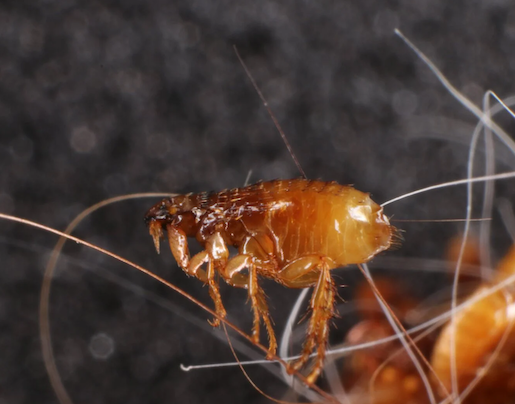
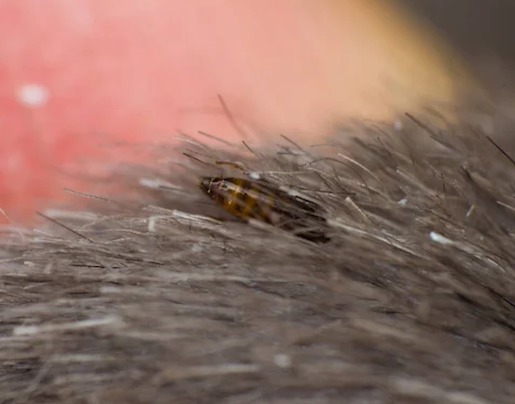
Ctenocephalides canis, more commonly known as dog fleas, are parasitic insects that primarily infest dogs but can also affect cats and humans. They are less common in California compared to cat fleas. These reddish-brown, wingless pests are small and difficult to spot. Dog fleas feed on blood, causing itching and discomfort, and they can transmit parasites such as tapeworms.
The flea’s life cycle includes eggs, larvae, pupae, and adults. Flea eggs often fall off the host onto bedding or carpeting. Larvae feed on organic matter and adult flea waste. Pupae develop within cocoons and may stay dormant for months. Adults can live for several weeks, continuously feeding and reproducing.
Sticktight fleas frequently infest ground squirrels and poultry, attaching to the ears and eyes of their hosts. This can lead to irritation and potential health concerns. Pets that roam outdoors in areas with ground squirrels are at risk. Regularly inspecting your pets can help catch infestations early.
Treating the pet and its environment is necessary. Ensure both the pet and its bedding are treated on the same day. Homes with pets that roam outside should inspect and treat both indoor and outdoor areas.
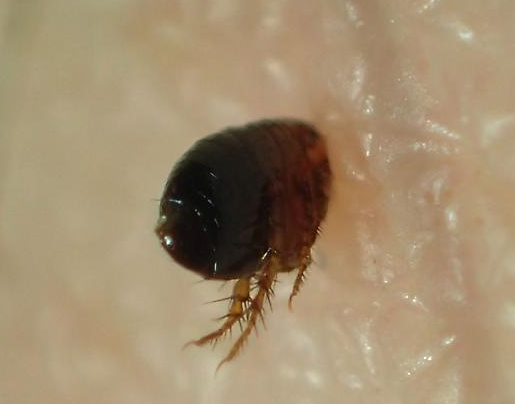
Mission Valley Pest Control’s flea control starts with a detailed inspection of your yard. We identify flea hotspots, especially where pets spend time, and focus our treatment efforts accordingly. Our technicians check shaded areas and dense foliage for flea activity.
Indoors, we concentrate on common flea hiding spots like baseboards, cracks, and crevices. We also inspect pet bedding, carpets, and furniture, ensuring all potential flea habitats are covered. A thorough inspection lays the foundation for effective flea control.
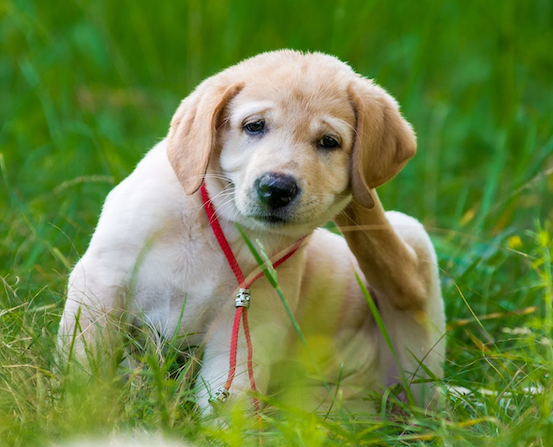
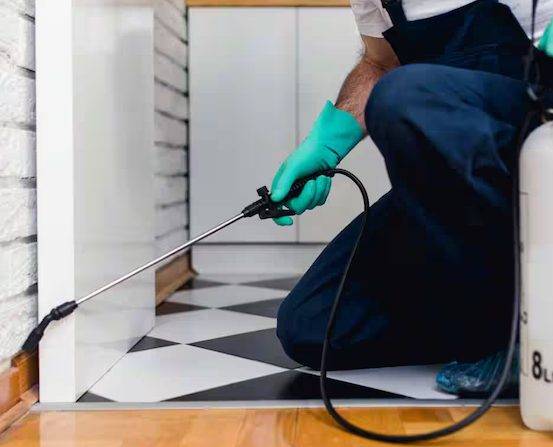
A few preparations are necessary before your flea treatment. Mow your lawn outside. Inside, clear floors of all items, such as toys or mats. Vacuum carpets, closet floors, and under furniture, and then discard the vacuum bag. Sweep and mop all floors. Treat your pets and clean their bedding on the same day. The house should be vacant for 2-3 hours while the treatment dries.
We begin by inspecting your yard and treating flea hotspots over an area of up to half an acre. Indoors, we apply liquid treatments to baseboards, cracks, and pet play areas. Floors may be slippery after treatment but will dry quickly. Fans can help speed up the process.
At Mission Valley Pest Control, we provide a complimentary follow-up service two weeks after your initial flea treatment. This second visit is crucial to eliminate any fleas that have hatched after the first treatment. Our technician will repeat the same thorough process, targeting all areas previously treated.
We advise vacuuming carpets and sweeping floors regularly to stimulate flea eggs to hatch, ensuring the follow-up treatment is more effective. Additionally, keeping pets treated and their bedding clean is important to prevent re-infestation.
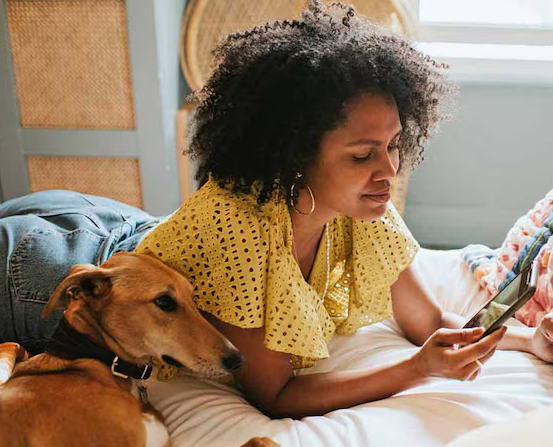
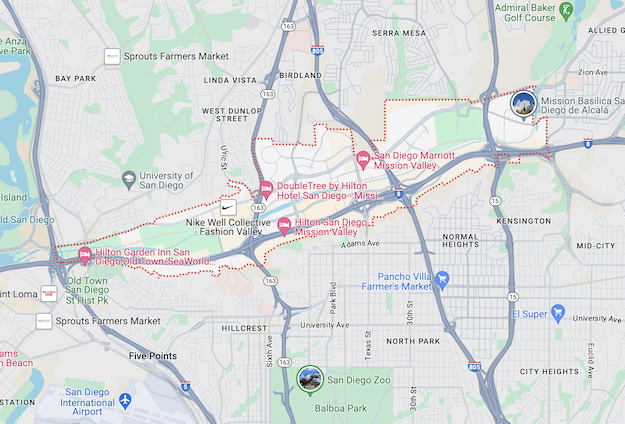
We proudly serve Mission Valley and its surrounding regions, working hard to keep your homes and businesses free from pests. Our team values these communities and is committed to delivering excellent service and lasting results.
Limited time offer! Get $50 off your first pest control service.

Barrier Services
Mission Valley Office
© Mission Valley Pest Control 2024